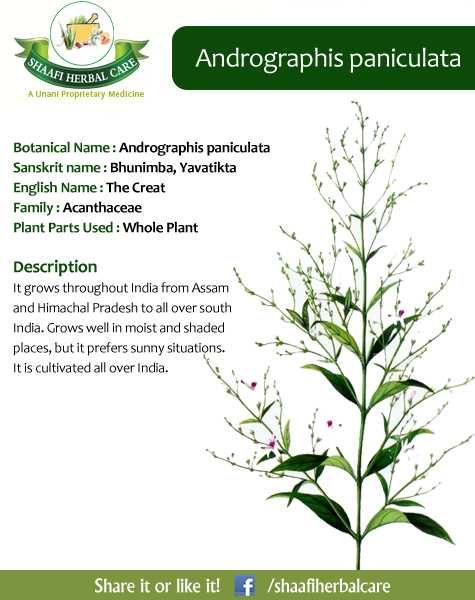
Medicinally it refers to the dried heartwood of Caesalpinia sappan L., which is a species flowering tree belonging to the legume or pea family (fabaceae). It is also a relative of Brazilwood (Caesalpinia echinata) and they are under a same genus. Hence, other common names of it include Sappanwood, “brezel wood”, East Indian redwood, Sapanwood, Suou, Chekke Sappanga, Sumu, sappan lignum, and so on. It is originally produced from the Malay Archipelago and Southeast Asia. In China it is now mainly cultivated or uncultivated in provinces of Guangxi, Guangdong, Yunnan, and Taiwan. And the one with best medicinal uses is from Guangxi. It can be harvested all year round. The steps are to cut down the trunk, remove the branch bark and sapwood, take the central part, saw it into segments, and dry in the sun. When processing it as medicine, it needs to be planed into thin slices or cut into small pieces, or sliced after steaming soft.
This is a small evergreen tree, with a few small thorns and bipinnate leaves. It blooms from June to September each year. Yellow flowers have 5 petals and form panicles. Wooden pod is red-brown, no cracking. It can be harvested after 8 years of transplanting. The preferred sappan heartwood is with older and deeper color.
Main chemical constituents of sappan lignum include 3-deoxysappanone, sappanone, 3′-deoxysappanone, sappanol, episappanol, 3′-O-methyl brazilin, brazilin, brazilin derivatives, ombuin, rhamnetin, quercetin, sappanchalcone, 4-4′-dihydroxy- 2′-methoxy-chalcone, protosappanin, 10-O-methylpro-tosappanin, calsalpin, octacosanol, β-sitosterol, taraxerol, and so on.
Sappan wood benefits
When it comes to Caesalpinia sappan benefits, it refers to two major aspects: dyeing and medicinal properties. First off, under the effect of different mordants like iron, aluminum, copper, lead, etc., the red dye extracted from sappan wood can be used in proper proportions with other vegetable dyes like indigo to generate a variety of colors, including yellow, red, purple, brown, green, purplish red, dark red, pinkish red, and the like. Secondarily, its main health benefits are activating blood circulation to dissipate blood stasis, which makes it an ideal herb for gynecological disorders and other problems due to stasis. From the perspective of western medicine, it is a drug with antibacterial and antioxidant activity. Here is the evidence drawn from its modern pharmacology.


